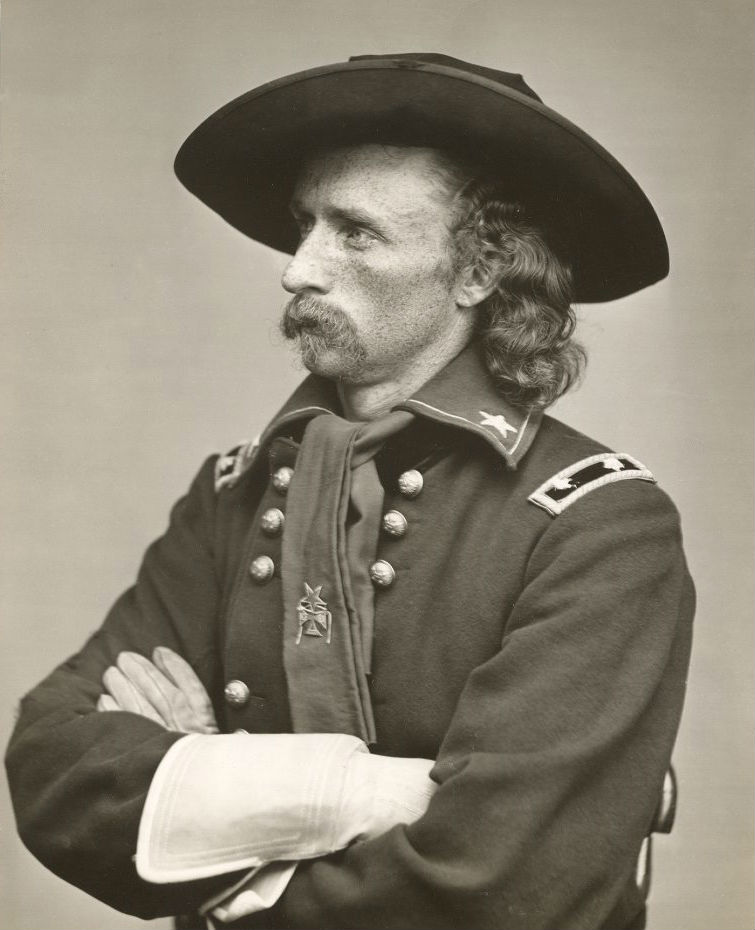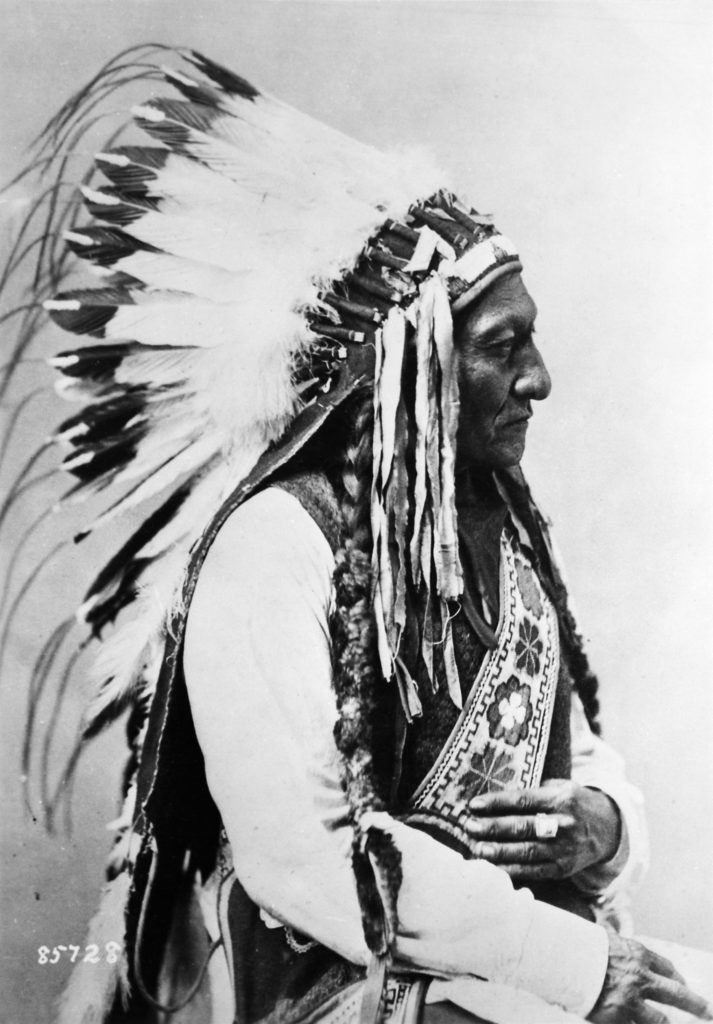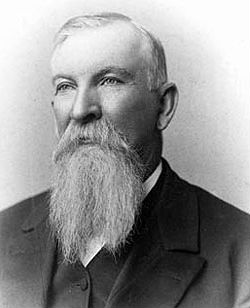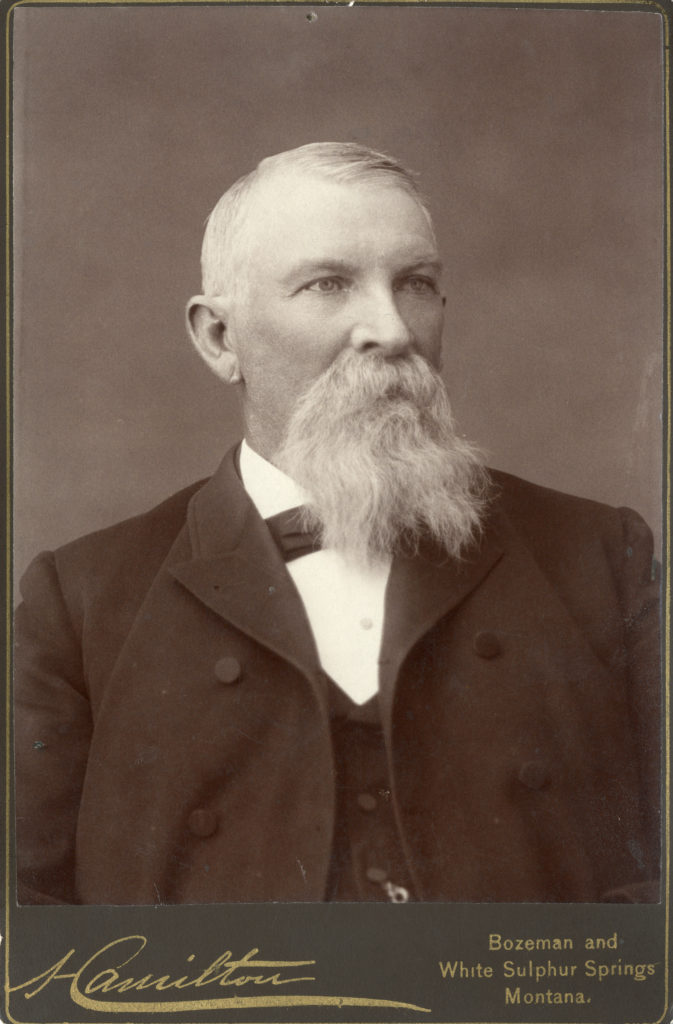
Wyoming Cattle Drives History
Grant couldn’t quite believe the news. “Custer,” he would say, the end of his big cigar chewed into a messy nub, head shaking in disbelief. “Custer, how did you manage it? An hour, they’re saying. An hour!” The President’s pacing was briefly interrupted by a half-meant kick at a waste basket. It wouldn’t do to be kicking waste baskets in the Yellow Oval Room. He was the president now, Grant reminded himself. Now you don’t fight the wars. You just hear about poor fools losing them.

When he had given the go-ahead to engage the Lakota over the gold-rich Black Hills, Grant could never had imagined that this is how it would all end. And especially not Custer. Had he not cut men down like kindling at Bull Run? Were not his horses the best-disciplined in the Union army? Had he not proven himself at in the Appomattox campaign, and against Americans, no less! “And you mean to tell me,” he snarled under his close-cut mustache, “he fell to a bunch of recalcitrant… Indians?”
Six weeks earlier, at Wi-wanyang-wa-c’i-pi, Sitting Bull had a vision. These were times when Wi-wanyang-wa-c’i-pi had great power. Prompted by the sorrowful cries of the people, the spirits were eager to lend their aid. Wi-wanyang-wa-c’i-pi was a ceremony of healing. The invaders had called it “the Sun Dance,” which was more or less accurate, and they feared it. There were good reasons. All the elders knew healing was impossible without pain.
“Soldiers… falling into the camp, like grasshoppers, like a swarm of devouring locusts.” The old Lakota’s words sent chills down the spines of the assembled elders. It was not a surprise, of course. Ever since the men from the United States began to offer them land in other places to move and bullets if they didn’t, tensions had been red-hot. Few doubted the United States had the men and material to wipe out the combined forces of the Lakota, Cheyenne, and Sioux. Some had heard that Custer had the United States send Gatling guns. Nonetheless, wasn’t losing the land being wiped out anyway?

The tribes heard what Sitting Bull saw. Over the next several weeks, they filled the little valley. One of Custer’s Crow scouts would tell the General it was the biggest native village he had ever seen.
This should have made Custer nervous, but he was a man of meticulous planning and unshakable confidence. He knew that, even if there were twice as many Indians as he thought there would be, he would undoubtedly triumph.
It turns out there were three times as many.
Historical Cattle Drive Vacations
We’ve all heard of this story, but how many of us have walked in the footprints of Custer’s men or laid eyes on the same spectacular vistas that the Natives fought so valiantly to protect? Sometimes history seems too far away from our real lives to matter. At Dryhead Ranch, we know why Montana was worth fighting for. On one of our cattle drive vacations, you’ll see for yourself just what all the fuss was about.
It doesn’t take long standing in the lush knee-high Spring grass during one of our authentic cattle drive vacations to understand how Wyoming became cattle country shortly after the end of the Civil War. All other factors aside, Wyoming is simply a great place to raise beef. There is plenty of space, plenty of water, and plenty of feed.
Seth Ward Invents Montana Winter Grazing

Legend has it that in the winter of 1852, stockman Seth Ward left some cattle to graze north of Cheyenne while he retreated from the harsh Wyoming winter. Returning that next spring, he found the herd healthy and thriving. Word spread of Ward’s success, and soon others would try on purpose what he had happened upon by accident.
The discovery of winter grazing in Wyoming would quickly attract a small but steady stream of adventurers and rugged folks. These first cowboys had to invent the art and science of the Wyoming cattle drive from the ground up. Timing was everything. Knowledge and skill were hard-won through trial and error, grit and determination. Many men and women made brand new lives out on the range. Many died trying. There’s a reason they call them pioneers.
During the decade between 1850 and 1870, many events conspired to change what was a hardscrabble handful of family businesses into one of the largest capital industries in the country. Chief among them was the Civil War. After its eruption in 1861, the American beef industry changed dramatically.
Reportedly, Napoleon Bonaparte once said, “an army marches on its belly.” This was certainly true of the Union Army. The Northern war machine consumed an unprecedented amount of beef, taking full advantage of the then-new technology of industrial canning. For ten years prior to the outbreak of hostilities, the railroad had been spreading and branching across the northern midwest. This infrastructure, the fastest means of transportation mankind had ever devised up until that point, was able to move more cattle more quickly than ever before by orders of magnitude.

Of course, cattle don’t ranch themselves. Refugees and adventures, disenfranchised by war and economic stagnation, headed west to take advantage of the war-time demand for beef. While the conflict raged, cattle was good money in Wyoming. The war turned around a nation-wide trend in declining beef consumption, and the railroad and telegraph effectively spread the word of the Wyoming beef industry’s success to anyone who was interested in a new life out West.
Beef in Wyoming only grew in stature and prominence over the next three decades after the Civil War. Massive fortunes and powerful political dynasties have their roots in this time of seemingly limitless possibilities. Government incentives like the Homestead Act of 1862, the Timber Culture Act of 1872 and the Desert Land Act of 1877 all allowed anybody with enough guts and gumption to tackle the great American frontier. Many left home with nothing but a claim and name, eager to take advantage of what seemed like a never-ending supply of rangeland and an ever-growing demand for beef.
A Legacy of Cattle Drive Vacations
But it could not last. 1886 was the culmination of a few bad years that saw Wyoming herds decimated. This, combined with falling beef prices, marked the end of the boom times that established Wyoming as its own kind of place with its own kind of people. Those people still live there. They still drive cattle. They still love the wide-open spaces and the star-bright night skies.
Book your Dryhead Ranch cattle drive holiday and make your own Wyoming history.
As it turns out, people have been taking cattle drive vacations for a long time. One of the most famous cattle drive vacationers was a man named Nelson Story. The Nelson Story story is one of opportunism, ambition, struggle, and wild success. We would hope that your cattle drive would be as much of a story as the story of Nelson Story, but his is an extra special adventure.
A Cattle Drive Vacation in 1866? It’s More Likely Than You Think

When Nelson Story arrived in Texas with $10,000 in his pocket, it must have come as quite a shock. Texas had been dragged down along with the rest of the country after the Civil War. In 1866, the first year after the conclusion of that harrowing conflict, cattle was cheap in Texas and Nelson Story was just cashing in on a gold fortune made in Alder Gulch, Montana. While working the Alder Gulch gold fields, Story realized that Montana might offer perfect winter grazing for Texas longhorns. With this in mind, he traveled to San Antonio with $30,000 worth of Gold.
The Cattle Drive Vacation That Wasn’t Supposed to Be
In those days, $10,000 would buy you as many as 3,000-head of prime Texas longhorn stock. The cattle market in the south was temporarily collapsing, and Story realized he could capitalize on this by buying cattle where it was relatively cheap to resell to the North where it was relatively expensive. He also anticipated the recovery in beef prices that would occur between the end of the Civil War and the dawn of the 20th century. The problem was, no one had ever attempted to drive cattle over the newly-opened Bozeman trail. Story was not going to let that stop him.
Watch Out For The Natives!
During the winter of 1866, the United States Army attempted to shut down the Bozeman Trail due to fear of attacks by indigenous peoples. These indigenous peoples were none too pleased about the way the United States government and its bold and implacable citizens were encroaching on its ancestral lands. None the less, Nelson Story proceeded with his plans, evading both the United States Government and various native groups. Several people in Story’s party died during these maneuvers. Nonetheless, Nelson Story eventually made it to his destination: Livingston, Montana.
Cattle Drive Vacation Legacy

Nelson Story’s cattle drive vacation was among the better choices of a man who made many very good choices. In Livingston, Nelson Story was able to sell beef to hungry gold miners for ten times as much as he had purchased it for. His herd grew and flourished, forming the basis for Texas longhorn ranching that persists to this very day.
Nelson Story’s story reminds us that you never know just how much of an adventure a cattle drive vacation might be unless you try. Here at Dryhead Ranch, we are waiting to offer you a taste of Nelson Story’s amazing cattle drive vacation experience. Call us today to book your working ranch adventure today.
Interested in a Cattle Drive Vacation? Send us Your Questions or Comments.

